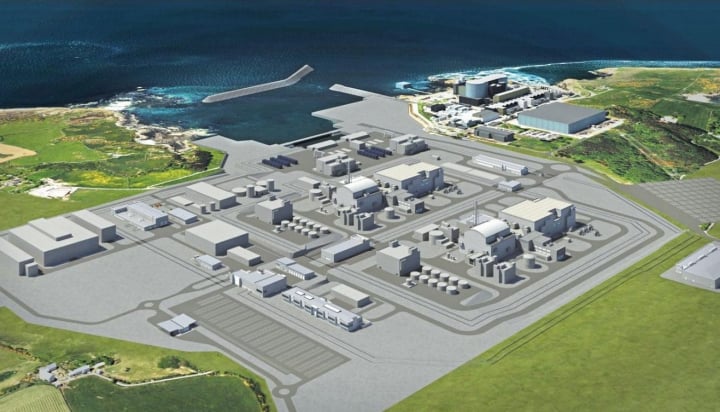The Environmental Audit Committee (EAC) has written an open letter to the UK government asking for clarity on its policy for advancing small modular reactors (SMR).
The inclusion of SMRs in the UK’s nuclear energy strategy has been consistently prominent, especially since the launch of Great British Nuclear (GBN) in July 2023.
The EAC has examined the SMR’s role and highlighted that a final investment decision on the first SMR is not expected until 2029, making the government’s target of connecting to the grid in 2035 “unlikely”.
The competition created by GBN to support SMR development, which aims to make SMRs as cheap and quick to produce as possible, has also been criticised. The EAC argued that the models brought forward in the competition were likely to result in a more significant amount of waste for storage and reprocessing.
The committee noted the skills deficit resulting from the fact that no new nuclear reactors have gone online since 1995 in the UK, suggesting the government invest in skills training.
EAC members also state that any value-for-money assessment must be published for parliamentary and public scrutiny before any decisions to commit public money are made. The committee made sure to mention the £215 million already invested in a UK nuclear strategy and, therefore, the importance of the strategy’s clarity.
Environmental Audit Committee chair Philip Dunne, said: “Despite pledging hundreds of millions of pounds in support for SMR projects and undertaking to invest in the construction of the UK’s first SMR, the government’s overall vision for the sector at this stage lacks clarity.
“Ministers might commission as much as 24GW in nuclear capacity by 2050 but could commission as little as 12GW. The first SMR is unlikely to be in operation by 2035, the date Ministers have set for decarbonising the electricity supply.”
A wealth of ‘historic’ policy
The growth of a domestic nuclear energy industry in the UK has become a significant financial investment for the government over the past three years. Especially since the onset of the Ukraine-Russia conflict, the central government views nuclear as a key path to energy security and independence.
Alongside the launch of GBN, the UK government invested £157 million to bolster nuclear projects, which had followed a ‘historic’ investment of £700 million eight months prior in November 2022.
The 2022 funding was directed at Sizewell C, a 3.2GW nuclear energy plant based in Suffolk, which has become one of the nation’s flagship projects in nuclear production. That same plant has just received £1.3 billion additional investment from the government in January 2024.
This marked the project’s largest total funding package to date and nearly doubled the amount invested by the government thus far.
Earlier that same month, the government also announced the country’s largest nuclear expansion in 70 years, using the Civil Nuclear Roadmap to identify the future direction of its domestic industry. The plan includes exploring building a significant new power station and investing in advanced SMRs.
The EAC, however, are not the first to challenge the transparency of this ambition. After the government published the British Energy Security Strategy in early 2022, which first mentioned the national goal of achieving 24GW of nuclear capacity by 2050, the Welsh Affairs Committee spoke out.
In March 2023, the committee’s chair, Stephen Crabb, called on the UK government to outline precisely how it intends to reach its target of generating 24GW of nuclear energy by 2050.






